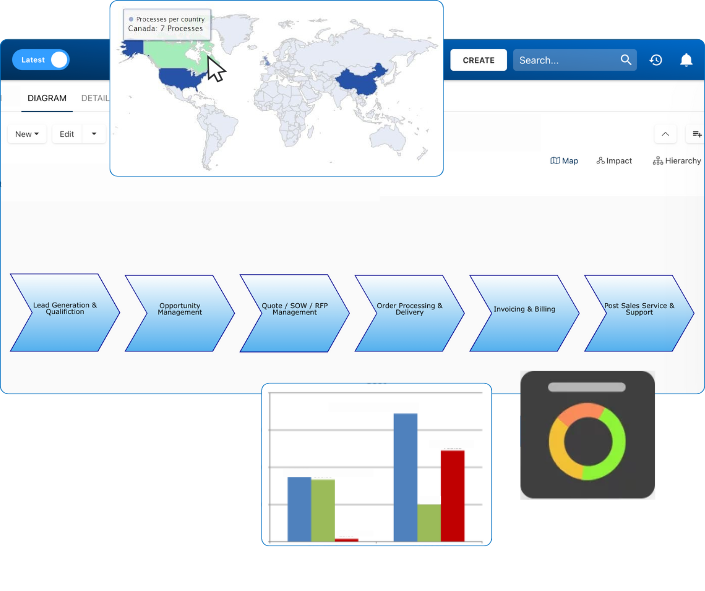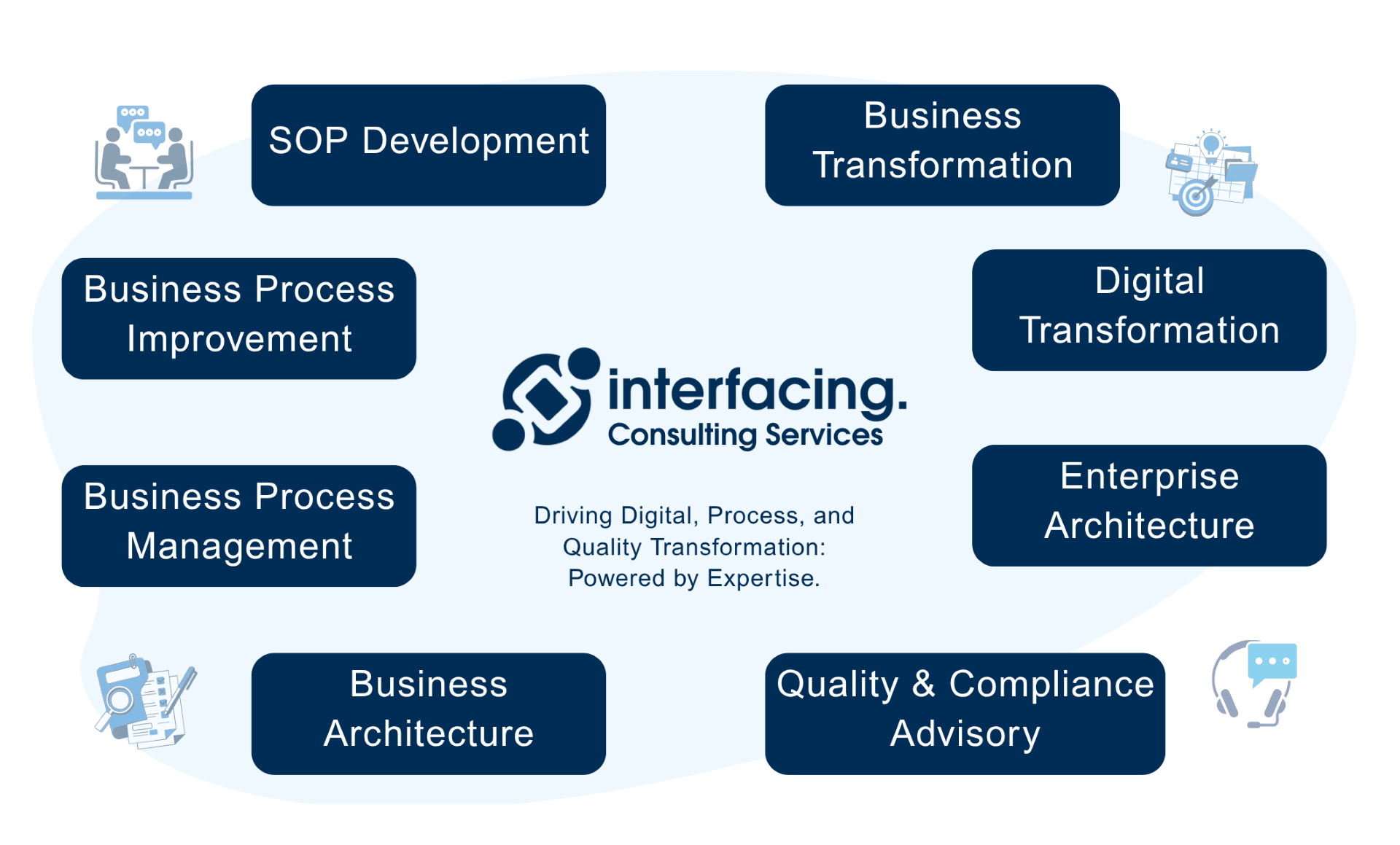
Digital technology is now part of everyday life; digital transformation has become a necessary step for businesses of all industries to go though. Technology innovations have been disrupting companies and markets for the past two decades and firms are still struggling to act and deliver on digital transformations. They tend to underestimate the increasing momentum of digitization, the behavioral changes, technology and the scale of these disruptions they are faced with. Their digital strategies do not reflect how digital is changing economic fundamentals, industry dynamics, or what it means to compete due to the magnitude of the disruptive forces and its incapability with traditional economic, strategic, and operating models. There are 5 digital strategy dangers companies should watch out for.

Definition
Leaders often do not have an established definition of what digital means. They should have a clear, holistic view of the definition in order for their digital strategy to be aligned with their organizational goals. Due to this mismatch of focus, firms are unable to integrate other business elements that may be strategically collaborative. Having a basis for creating a definition of digital transformation will allow organizations to avoid the struggle of connecting digital strategy to their business transformation.
Ecosystems
Digital strategies have to be developed taking in considerations of the context outside of a company’s industry. Industries will soon be ecosystems. Platforms that allow digital players to move easily across industry and sector borders will allow them to aggregate millions of customers across industries. For example, Alibaba is expanding their ecosystems with Alipay or Amazon’s acquisition of Whole Foods. These firms have created platform ecosystems that allow them to grow into financial services and other sectors.
Physical markets are being rewired by platforms, thus redefining how traditional companies need to respond. Digital structures are collapsing industry barriers, opening up avenues for cross functional products and services and combining segregated markets and value pools. For example, Uber and Airbnb’s global mobility and lodging without owning cars or hotels.
Companies must adopt an offensive platform strategy, one that allows them to expand their current ecosystem context to have a strong advantage in today’s technological era.


Economics Impacts
Economic rent, profit in excess of the cost of capital, is being destroyed by digital. Digital creates more value for consumers than firms. Industries should be taking these digital forces and converting them into economic advantages instead of offering limited products and services. With limitless choice and price transparency, digitization may render distribution intermediaries obsolete.
Hyperscale is driving marginal costs close to zero. As the shift of profit pools go towards customers, the economic value rises to the top when scale and network effects dominate the markets. For example, how Apple’s iPhone captures over 90% of smartphone industry profits. Research has shown economic profit distribution turning sharply negative for the bottom three quartiles of firms while increasing for the top quartile. First movers usually gain huge advantages over their competitors.
Integration
While firms and their CIOs are quick to embrace new technologies as an attempt to catch up to rapidly changing markets, they are implemented as piecemeal rather than building it into a cohesive platform. Often times, these digital transformations fail because they do not have a value proposition that integrates all the individual technology pieces they try to implement. As a result, these firms tend to fail to reinvent their value propositions for their customers. Successful digital transformation includes the use of emerging technologies that harness a contextual computing experience that offers users highly personalized innovative services, such as Interfacing’s EPC program.


Customer-based
Firms often forget that the essence of digitization should be the clients, therefore a customer centric or human-centered design should be the focal point of your strategy. As people use more digital channels and devices in their interactions with brands and businesses, there is an exponential attention for digital customer experience. Customers’ needs should not only come before business objectives but they should be included in your business objectives. Customers are more likely to pay more for better customer experience. Quality customer services are essential for both future growth and the current bottom-line of any organization.
These are just a few of the main reoccurring mistakes firms make when trying to implement digitalization for their business. Leaders must recognize these challenges and develop a digital strategy that responds but that is just the starting point.
Why Choose Interfacing?
With over two decades of AI, Quality, Process, and Compliance software expertise, Interfacing continues to be a leader in the industry. To-date, it has served over 500+ world-class enterprises and management consulting firms from all industries and sectors. We continue to provide digital, cloud & AI solutions that enable organizations to enhance, control and streamline their processes while easing the burden of regulatory compliance and quality management programs.
To explore further or discuss how Interfacing can assist your organization, please complete the form below.

Documentation: Driving Transformation, Governance and Control
• Gain real-time, comprehensive insights into your operations.
• Improve governance, efficiency, and compliance.
• Ensure seamless alignment with regulatory standards.

eQMS: Automating Quality & Compliance Workflows & Reporting
• Simplify quality management with automated workflows and monitoring.
• Streamline CAPA, supplier audits, training and related workflows.
• Turn documentation into actionable insights for Quality 4.0

Low-Code Rapid Application Development: Accelerating Digital Transformation
• Build custom, scalable applications swiftly
• Reducing development time and cost
• Adapt faster and stay agile in the face of
evolving customer and business needs.
AI to Transform your Business!
The AI-powered tools are designed to streamline operations, enhance compliance, and drive sustainable growth. Check out how AI can:
• Respond to employee inquiries
• Transform videos into processes
• Assess regulatory impact & process improvements
• Generate forms, processes, risks, regulations, KPIs & more
• Parse regulatory standards into requirements

Request Free Demo
Document, analyze, improve, digitize and monitor your business processes, risks, regulatory requirements and performance indicators within Interfacing’s Digital Twin integrated management system the Enterprise Process Center®!
Trusted by Customers Worldwide!
More than 400+ world-class enterprises and management consulting firms



































































